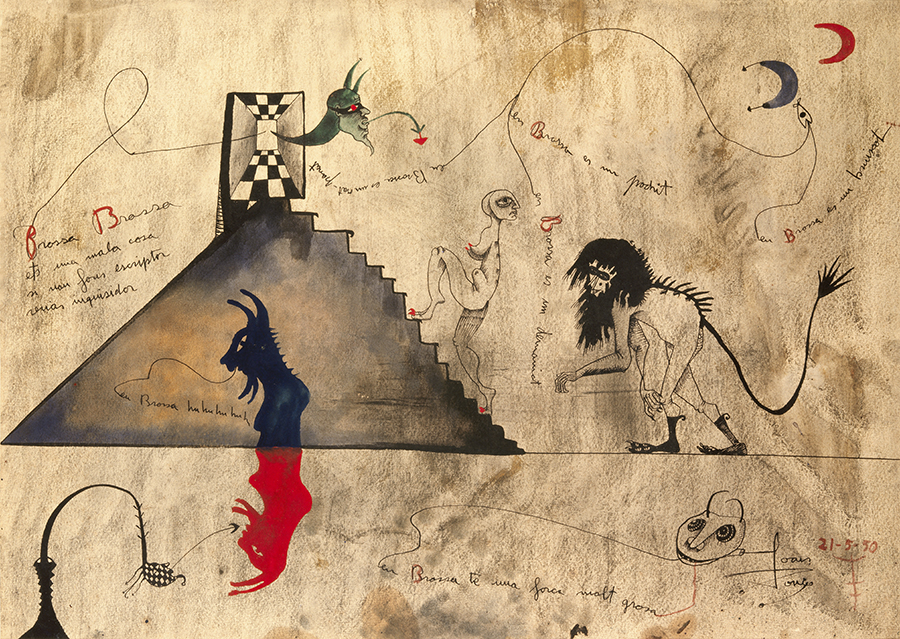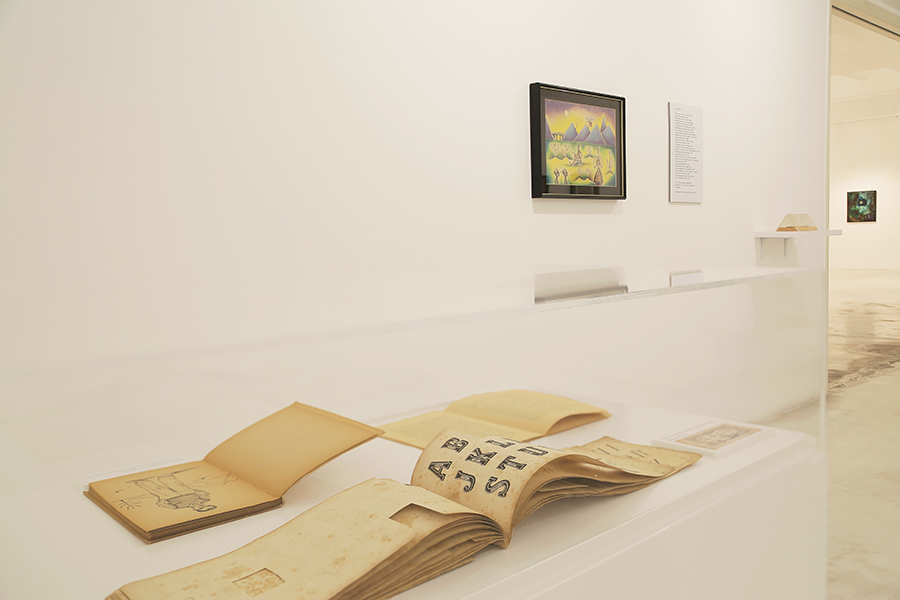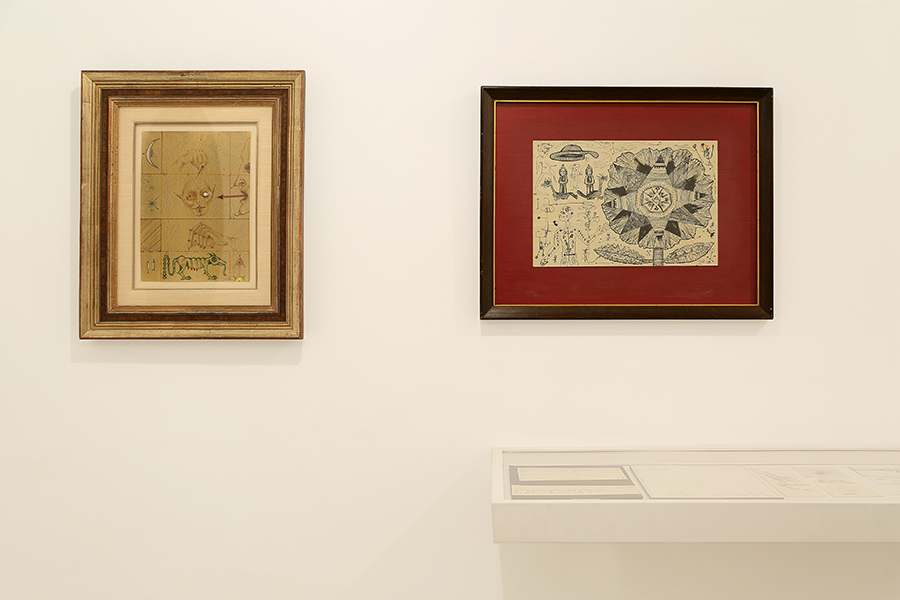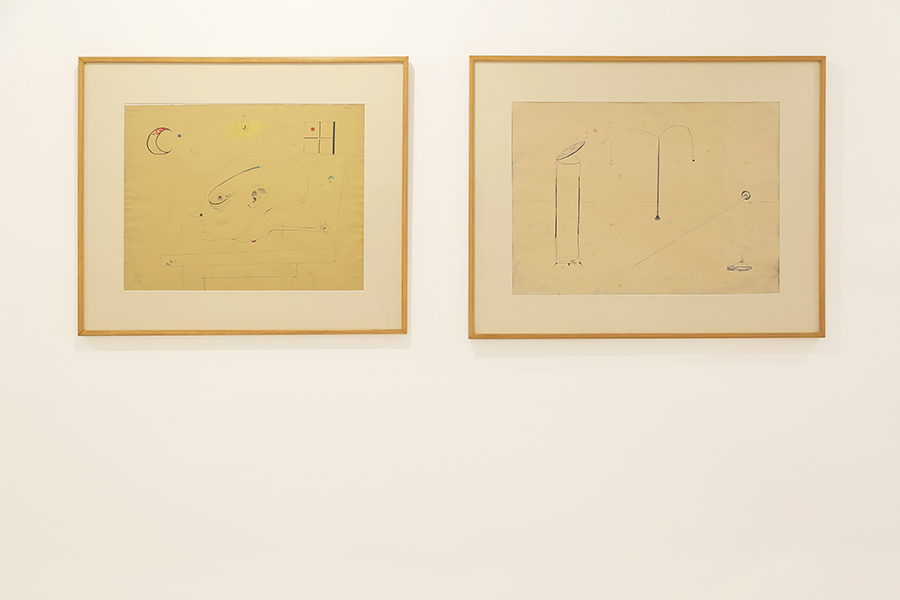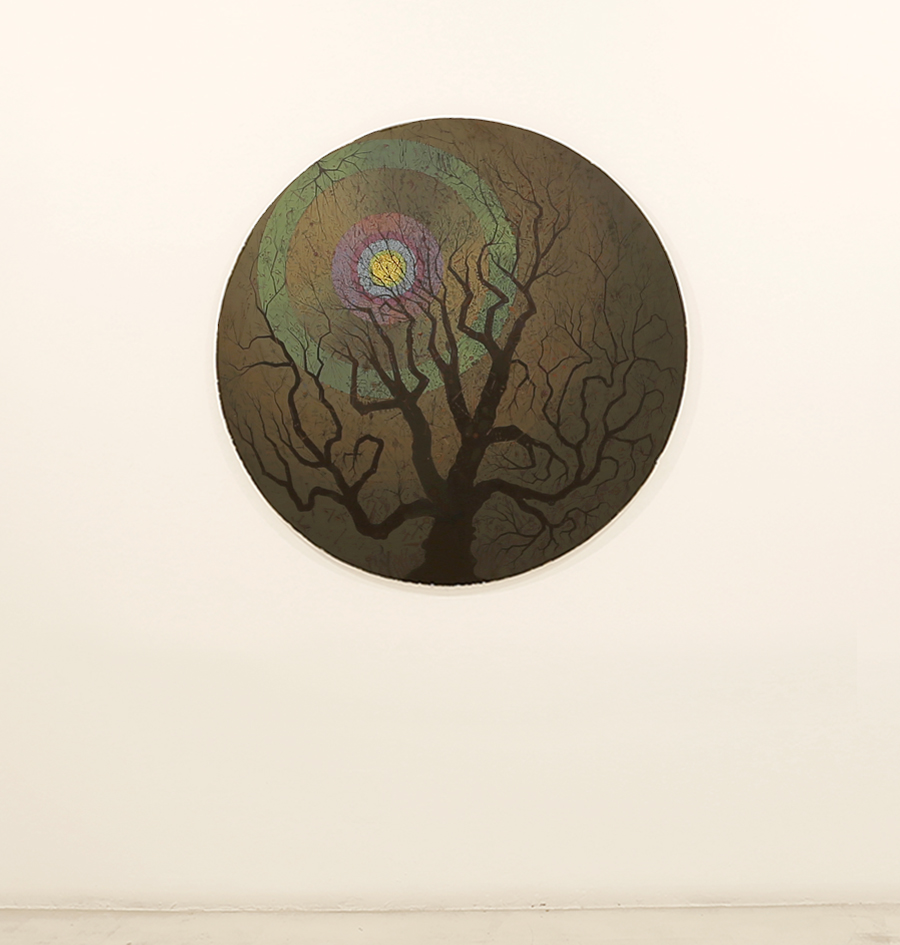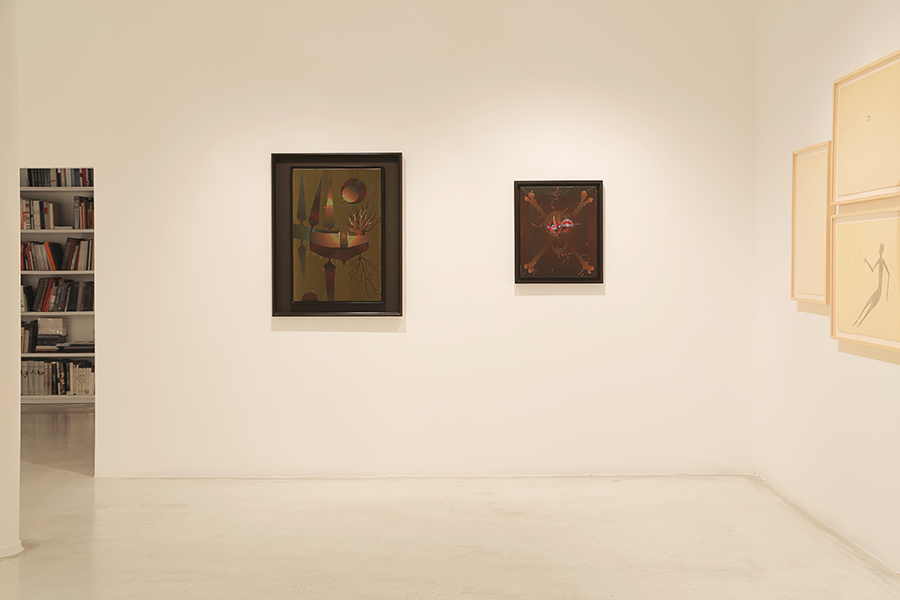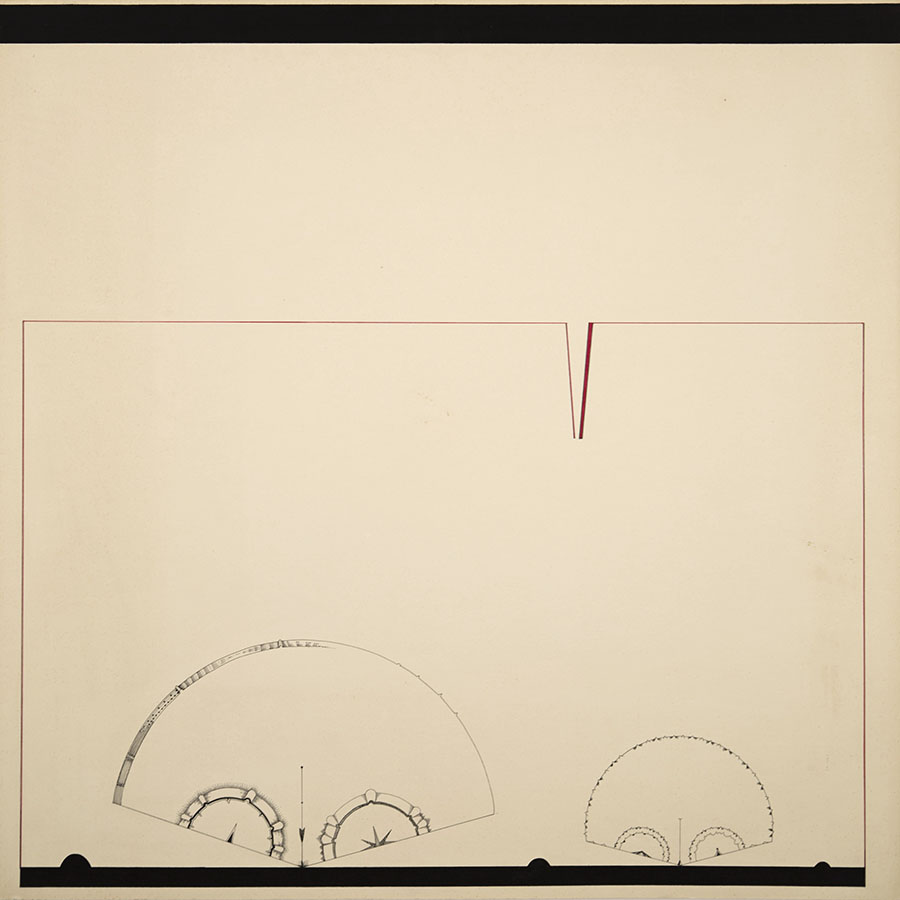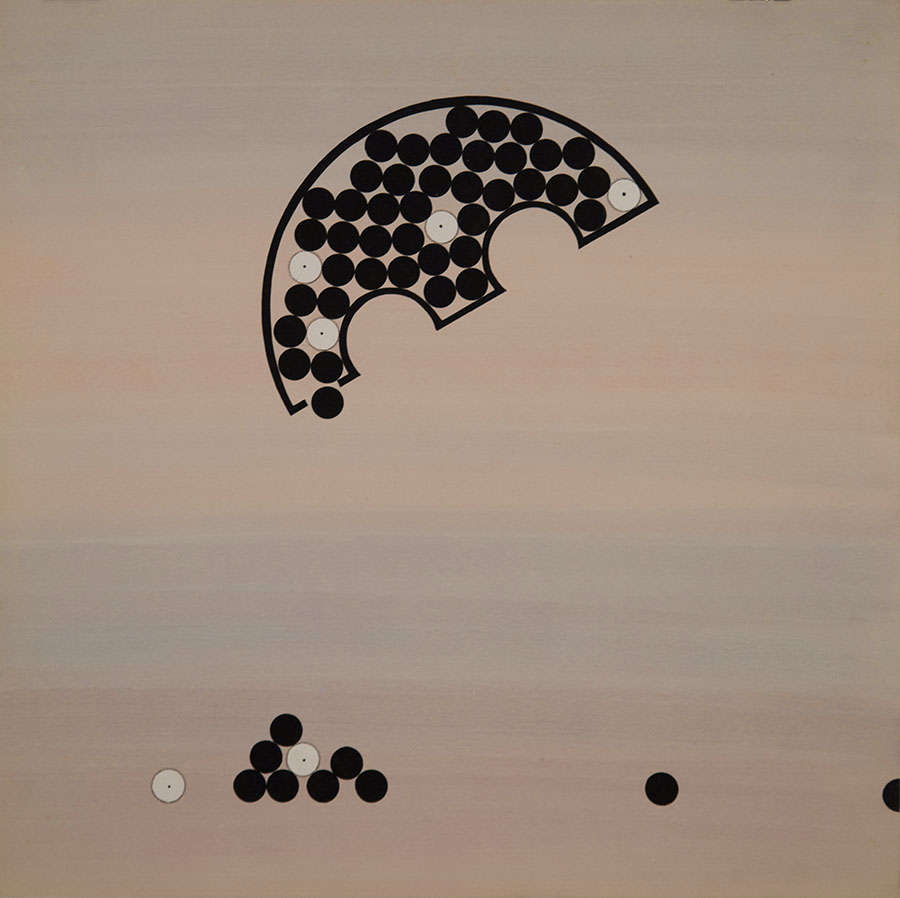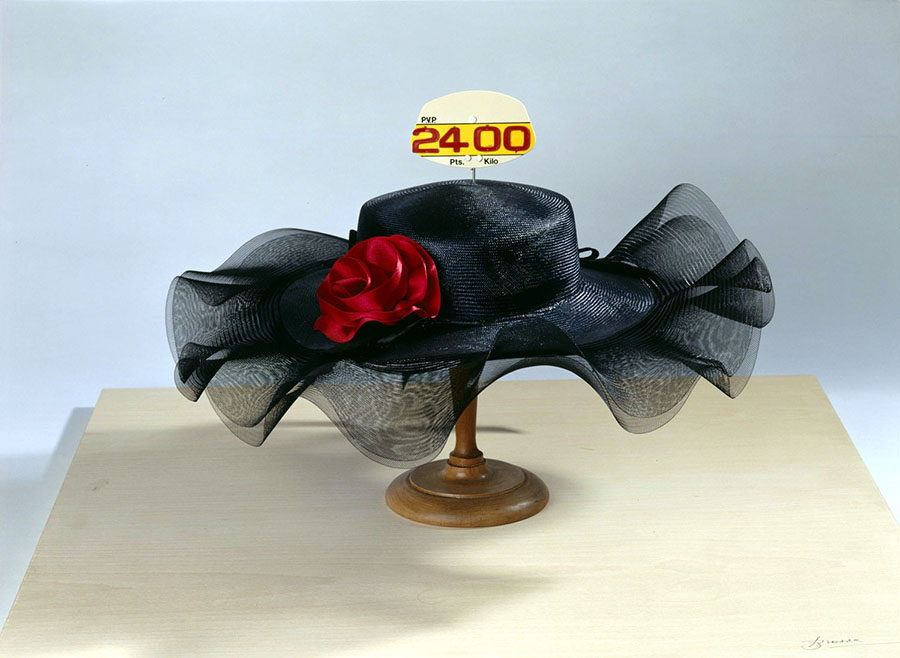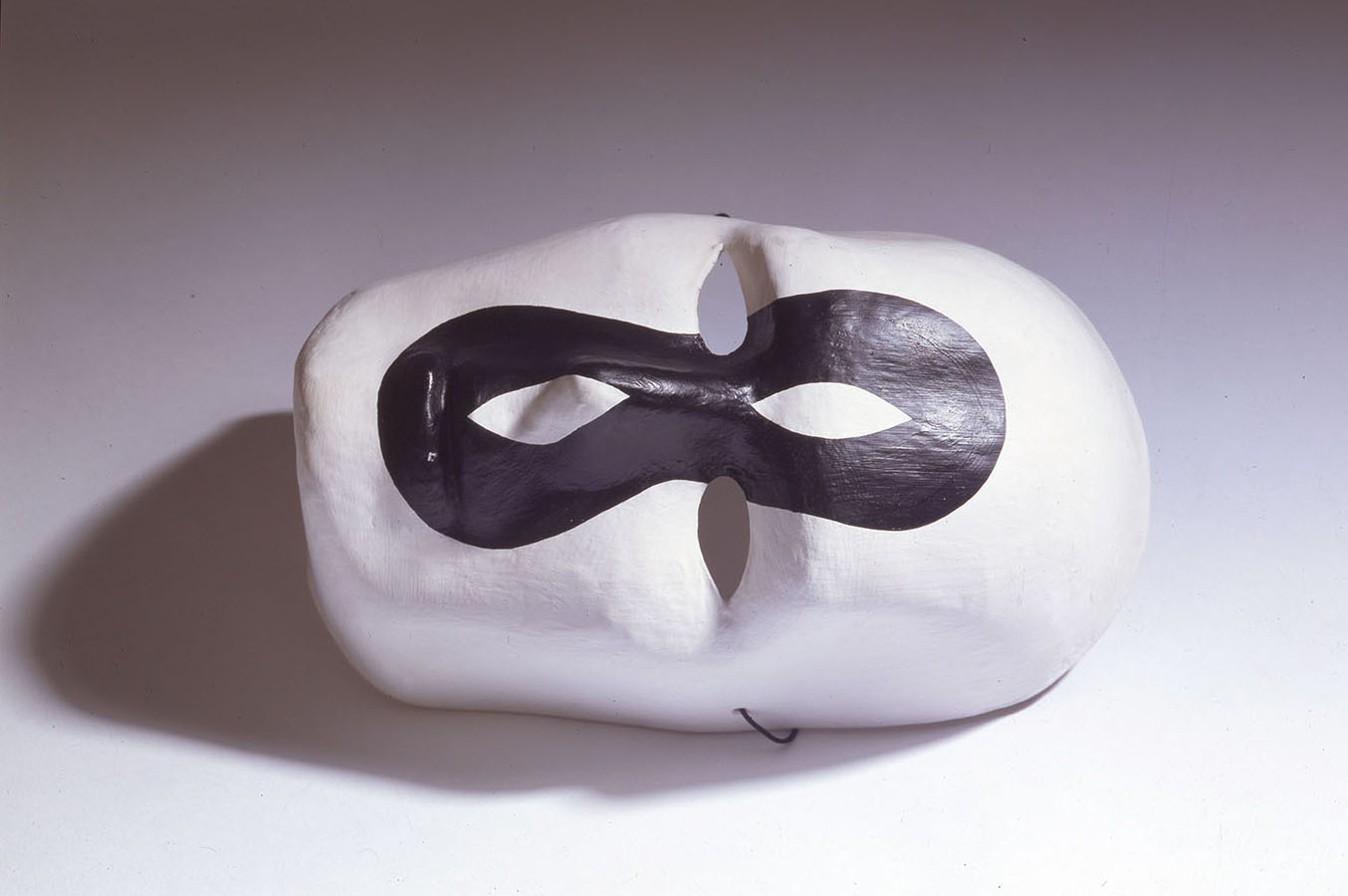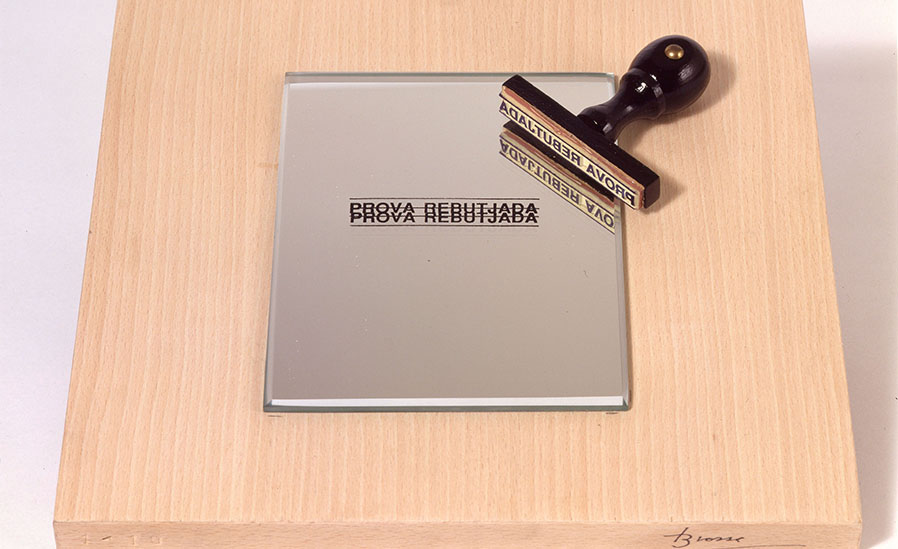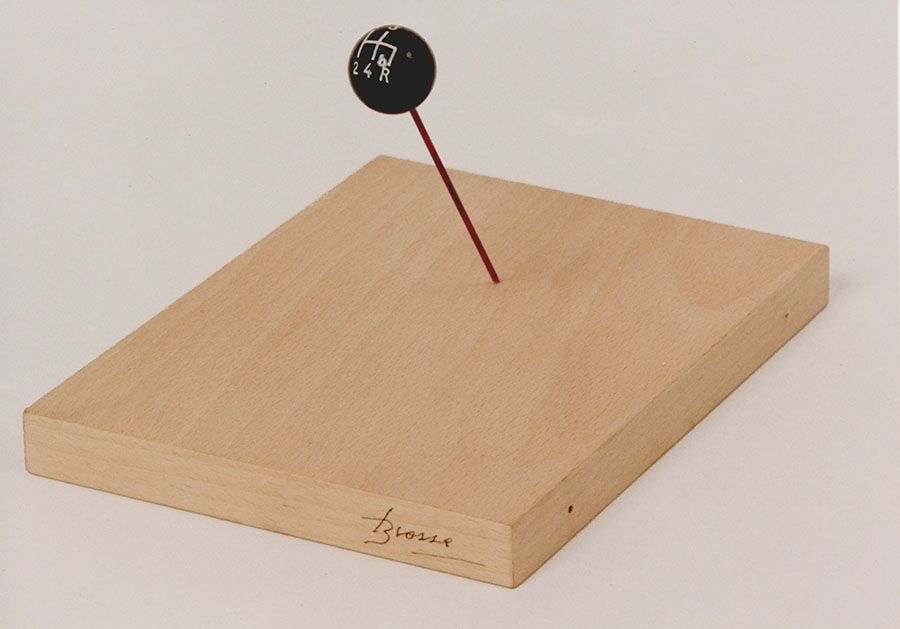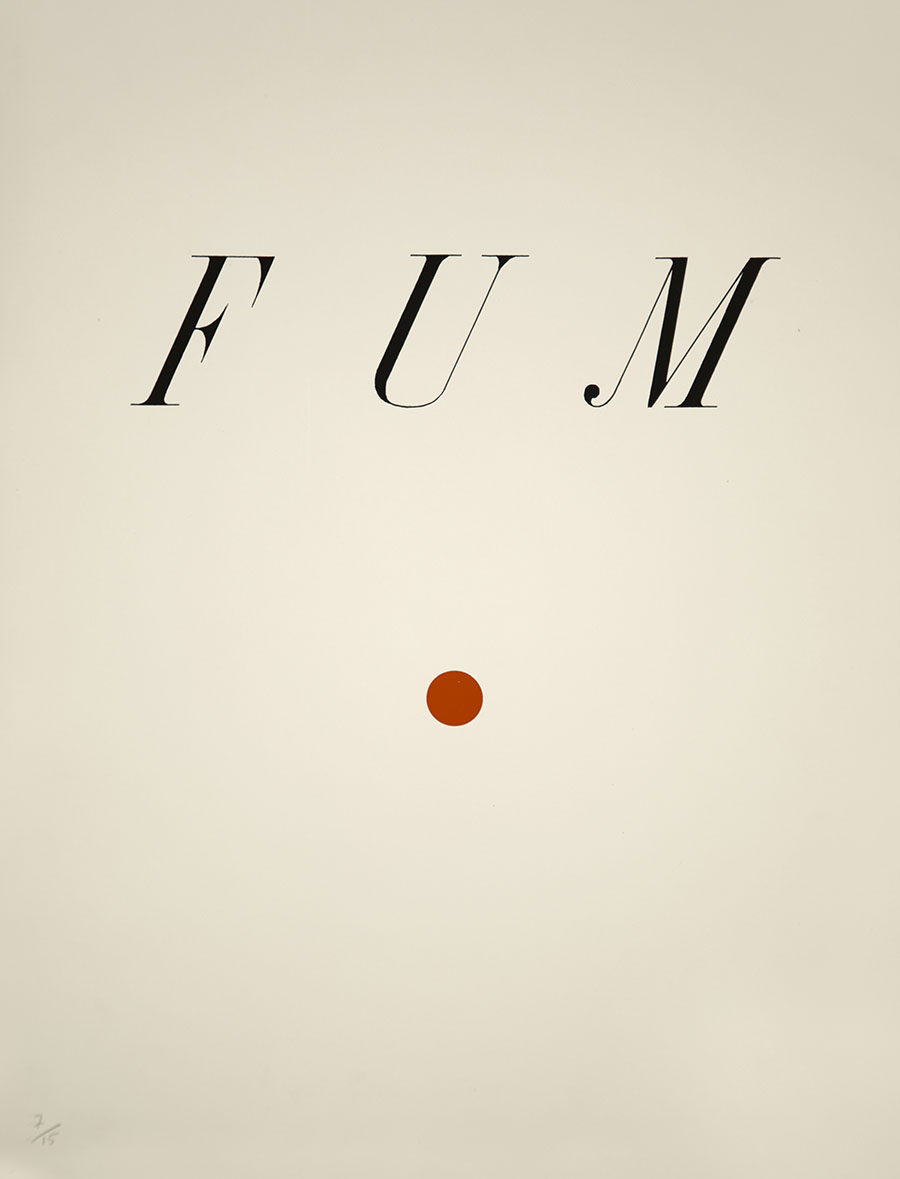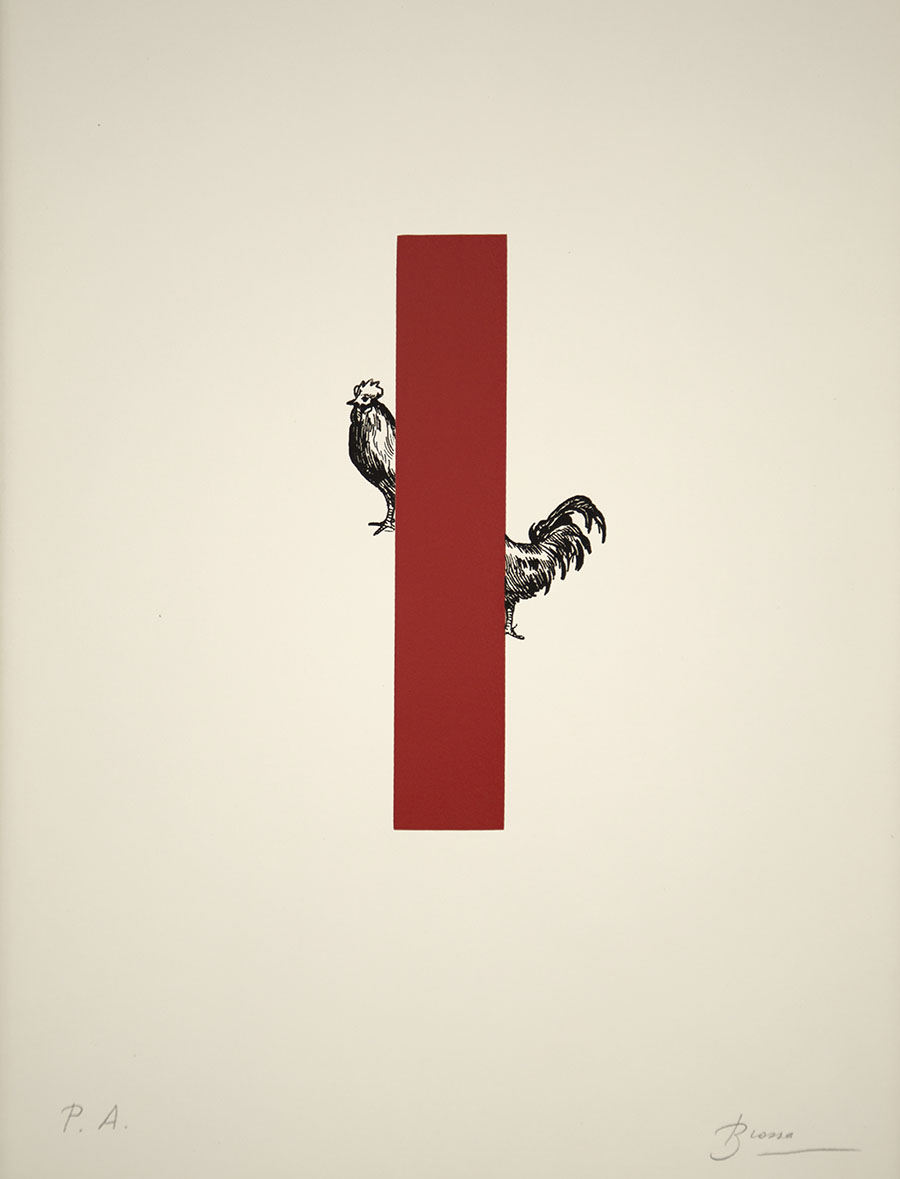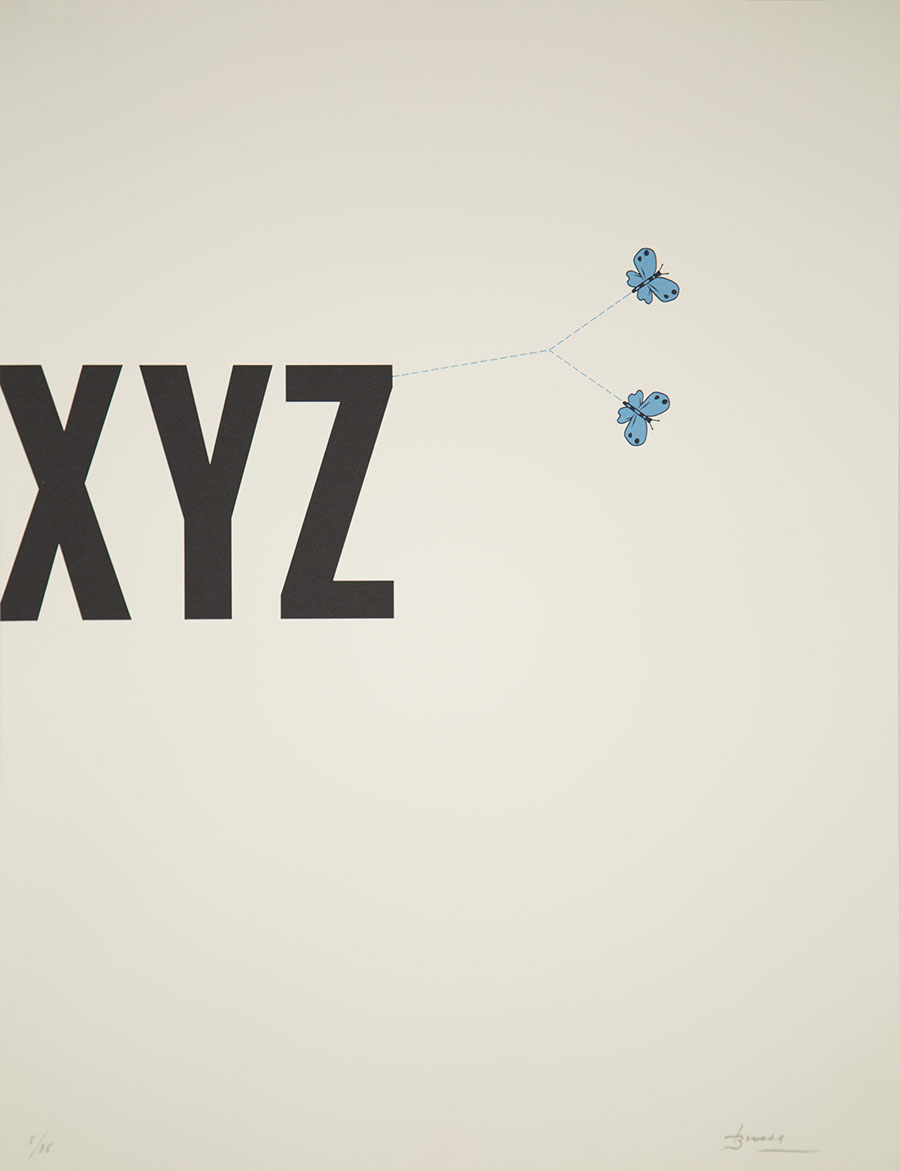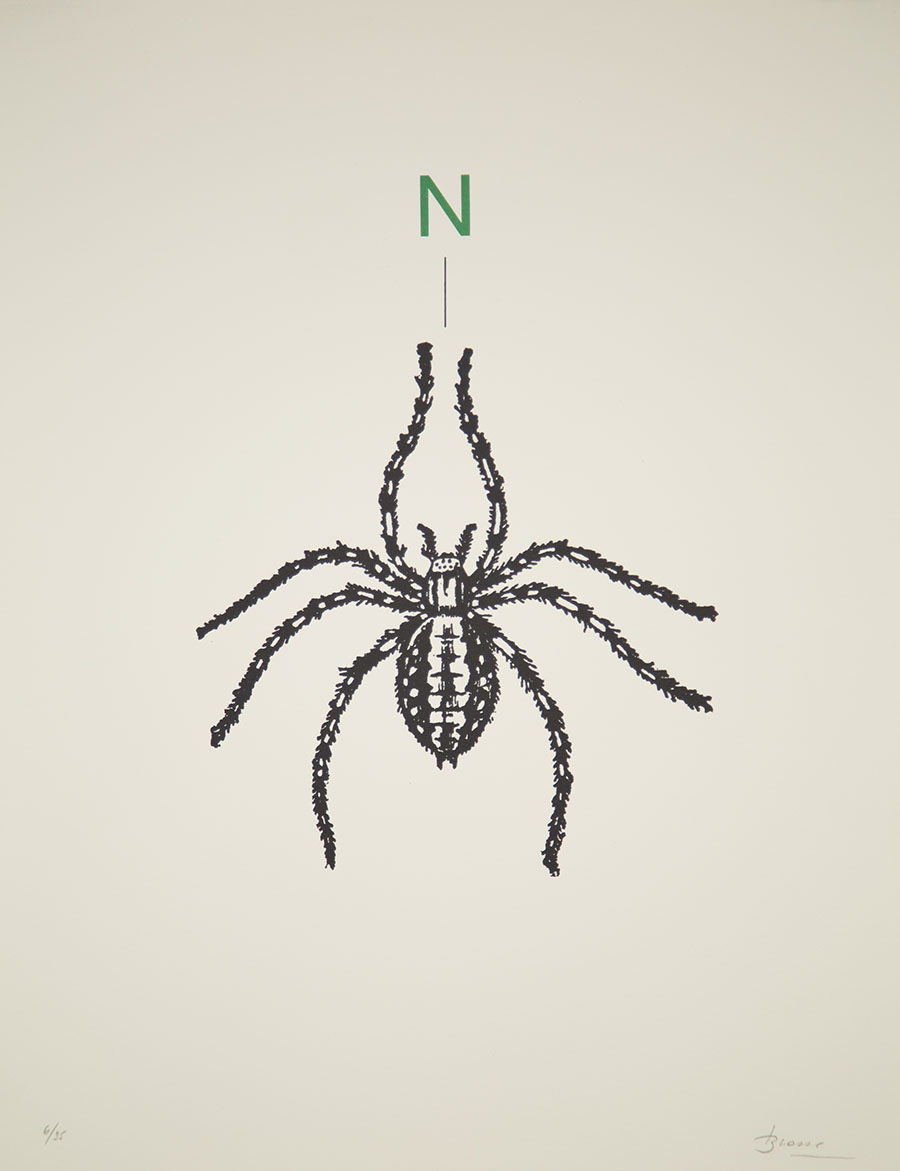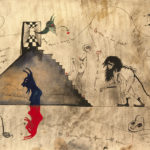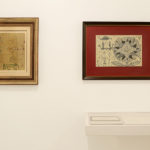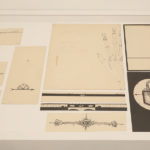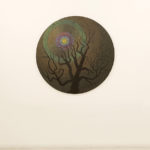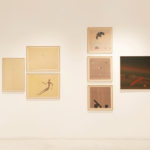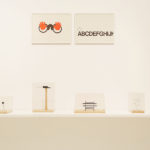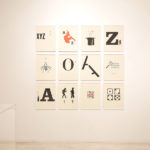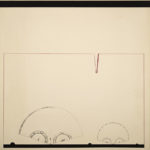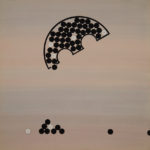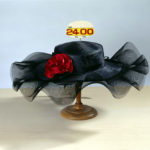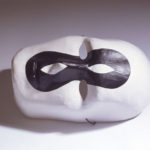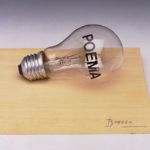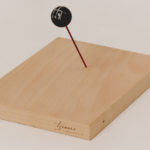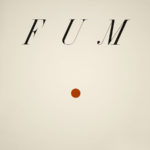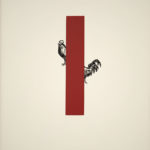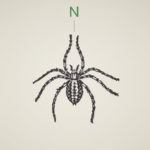Ponç / Brossa
30/11/2017 - 03/02/2018
We are pleased to present the exhibition dedicated to Joan Ponç and Joan Brossa, to be opened on Thursday, November 30rd, and where we will show works by two of the most significant artists in the recovery of avant-garde art in our country after the civil war, united by a creative and personal affinity from the late 40s to the early 50s and also linked to the history of Galeria Joan Prats, where they both would exhibit on several occasions.
In 1982, Joan Brossa showed for the first time in his exhibition at Galeria Joan Prats his object and visual poems, poems that he was making since 1954 and that were by then practically unknown by the public. Later, they would be shown in other exhibitions at the gallery in Barcelona (1989, 1995, 1997) and in New York (1989), and at the Basel Fair (1989). On the other hand, Joan Ponç began his collaboration with Galeria Joan Prats in 1978, with the exhibition Fons de l’ésser. He also exhibited in 1983, Nocturns, in 1987 with drawings from Pre-Dau Al Set period, in 1994 and 1996 with drawings from Suite Geomètrica and in 1980 at the FIAC art fair in Paris.
As Arnau Puig says in the text written for this exhibition, “A temperament and character of the dimensions of Brossa was almost destined to come across someone like Joan Ponç, who came down from the clouds”. This taste for magic, divination and the occult would be one of the points of union between the two artists, who met in 1946. That year they would publish together with Arnau Puig and Enric Tormo the only issue of the magazine “Algol”, which wanted to be a revulsive in front of immobilism and the loss of idealism of their contemporaries. They proposed a renewal of the look that is also visible in the monotypes that Ponç made to accompany the issues of the magazine and that moves away from the predominant naturalist figuration in Spanish art of the time.
In addition to this interest in new artistic forms, the works by Brossa and Ponç coincided thematically in a concern and criticism of society, along with an interest in popular culture, theatre and magic that we already pointed out. That’s why, in those years, collaborations between the two took place: the unpublished book Parafaragaramus (1948), two issues of the magazine “Dau Al Set” (January, 1949 and an unpublished one), the book Em va fer Joan Brossa (1951), where a portrait of Joan Brossa by Joan Ponç appears, considered the most direct and sincere portrait the poet has ever had. The Brossa-Ponç relationship was also reflected in the poems by Brossa alluding to Ponç and in several Ponç drawings: the Dibuixos podrits (1947) and the Metamorfosis (1947), the Joan Brossa-Joan Ponç suite (1947), the cover of the book Dragolí by Brossa (1950), or the gouache Brossa, Brossa (1950), that we show in this exhibition.
Brossa and Ponç were at the time two standard bearers of the aesthetic renovation, following the steps of J.V. Foix and Joan Miró. Brossa, who had met Miró in 1941 through the hat maker and patron Joan Prats, at J.V. Foix’s home, would introduce them Joan Ponç. “Dau Al Set” would help to restore bridges with the avant-garde of ADLAN, promoted by Joan Prats and Joaquim Gomis, and GATCPAC.
After this period of affinity and creativity, in 1953 Joan Ponç went to Brazil, and each artist continued his own journey. On his return to Catalonia, in 1962, Brossa was already very far from magic surrealism and was moving by an antipoetry linked to reality while doing plastic experiments of what would be his visual poetry. Their bond would be diluted. For Brossa, Ponç would always be linked to “Dau Al Set”.
This exhibition aims to show the trajectories of the two artists: a first part, with works from the period “Dau Al Set”, the moment of greatest affinity between Joan Brossa and Joan Ponç, and a second part of the exhibition, with later works, that allow to see their evolutions in the plastic field, and that they are reflected in the same way as in the Joan Brossa-Joan Ponç suite (1947).


